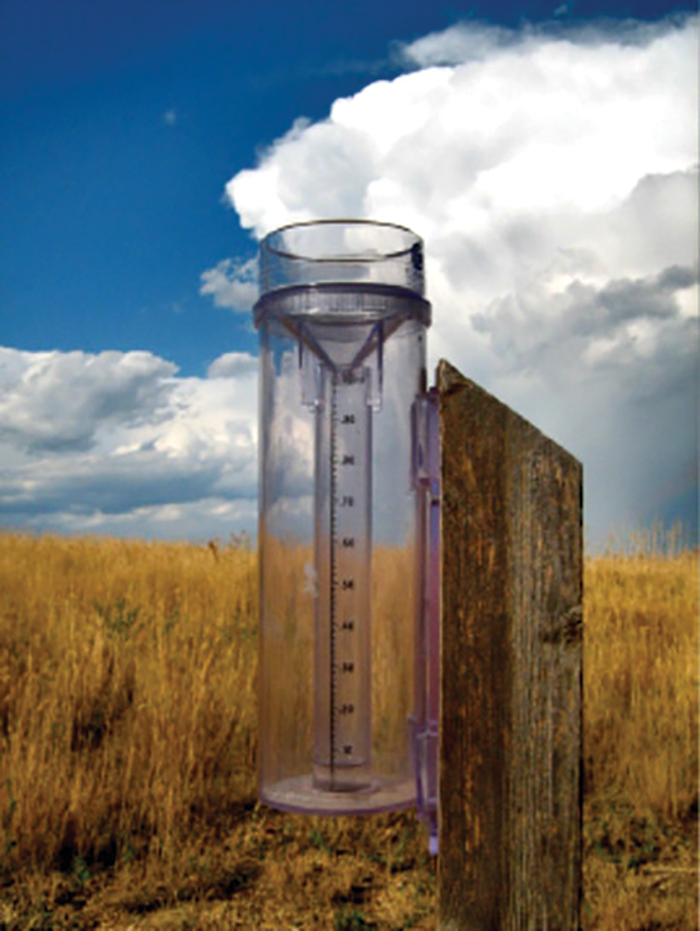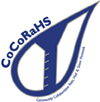Citizen Science
Gauging Rainfall With CoCoRaHS
The Community Collaborative Rain, Hail, and Snow Network
The Science Teacher—February 2020 (Volume 87, Issue 6)
By Jill Nugent
In the summer of 1997 a devastating flood hit Fort Collins, Colorado. The local weather station measured just two inches of rain, while five miles away from the weather station, nearly 15 inches of rainfall was measured! The flooding event illustrated local variability in rainfall amounts. The flood ultimately led to the development of a community project, now known as CoCoRaHS (Community Collaborative Rain, Hail, and Snow). In 1998 the nonprofit CoCoRaHS Network was formed and has since expanded throughout the United States and beyond.
The CoCoRaHS Network is hosted by Colorado State University (CSU) with support from the National Oceanic and Atmospheric Administration (NOAA) and the National Science Foundation (NSF). The Network has a dedicated and growing number of volunteers and schools measuring and reporting precipitation data in their geographic area. The data help to accurately report precipitation events and also contribute to a greater understanding of weather events.
Project goal: Share weather data with meteorologists
Your task: Measure rain, hail, and snow
Science discipline: Earth and Environmental Science
High-quality weather data inform a multitude of real-world applications. Your precipitation data will be used daily, and often in real-time, by:
The National Weather Service (NWS)
The U.S. Department of Agriculture (USDA)
National Aeronautics and Space Administration (NASA)
Scientists, engineers, researchers, meteorologists, and hydrologists
Other schools involved in CoCoRaHS
Farmers and ranchers
Emergency managers
Insurance adjusters
Each time it rains, hails, or snows in your area, students will take a measurement of precipitation from your registered school site, and upload the data to CoCoRaHS for immediate viewing online. You will also be able to view data submitted by other participants. Each time your students submit data, you help to fill in gaps in weather data.
Materials you will need:
- a computer with internet access to view and upload data (the CoCoRaHS mobile app is also available to submit data)
- CoCoRaHS rain gauge (see Figure 1)

The CoCoRaHS program provides both online and face-to-face training opportunities, as well as educator resources to extend science learning opportunities (See Schools page, Education page, and Videos). Students will engage in real-world data collection, make observations, use science and technology tools, and collaborate with other classrooms to explore geographic variability in precipitation and weather patterns.
Next month kicks off the annual CoCoRaHS March Madness competition. The March Madness competition rewards states that recruit the most new volunteers during the month. Competition winners are awarded the coveted CoCoRaHS Cup to keep and exhibit for one year. Much like the Stanley Cup of the NHL, the CoCoRaHS Cup typically travels around the state throughout the year. Students may find the March Madness event to be an exciting time to join the CoCoRaHS Network!
CoCoRasHS at a glance
When: Anytime rain, hail, or snow occurs in your area, you can report precipitation data. Reports of “0” precipitation are helpful as well—be a “zero hero.”
Where: United States, Canada, The Bahamas, Puerto Rico, and the U.S. Virgin Islands
How: CoCoRaHS has an online sign-up form (See “Sign-Up Form”); Note: for school location registration, be sure and register the participant name as the school name. For example, if your school name is Newton High School, your sign-up name would be, first name, “Newton High,” last name, “School.”
Time needed: Average data collection time is under 10 minutes. Once you have installed the rain gauge, precipitation data can be collected as much or as little as you would like to participate.
Special equipment needed: One 4” diameter high-capacity rain gauge (See image of rain gauge, Figure 1, and “Rain Gauge Supply Link”).
Cost: The cost of the rain gauge is $35 USD.
Contact for more information: For education/school questions, teachers may email education@cocorahs.org
Safety: As with any science lab, classroom, or field activity, always ensure that you are following recommended safety practices; for more information on safety in the science classroom visit www.nsta.org/safety.
This column is the result of a partnership between SciStarter and the National Science Teaching Association. For more information about SciStarter and other citizen science projects, please visit www.scistarter.org.


Citizen Science Earth & Space Science High School


